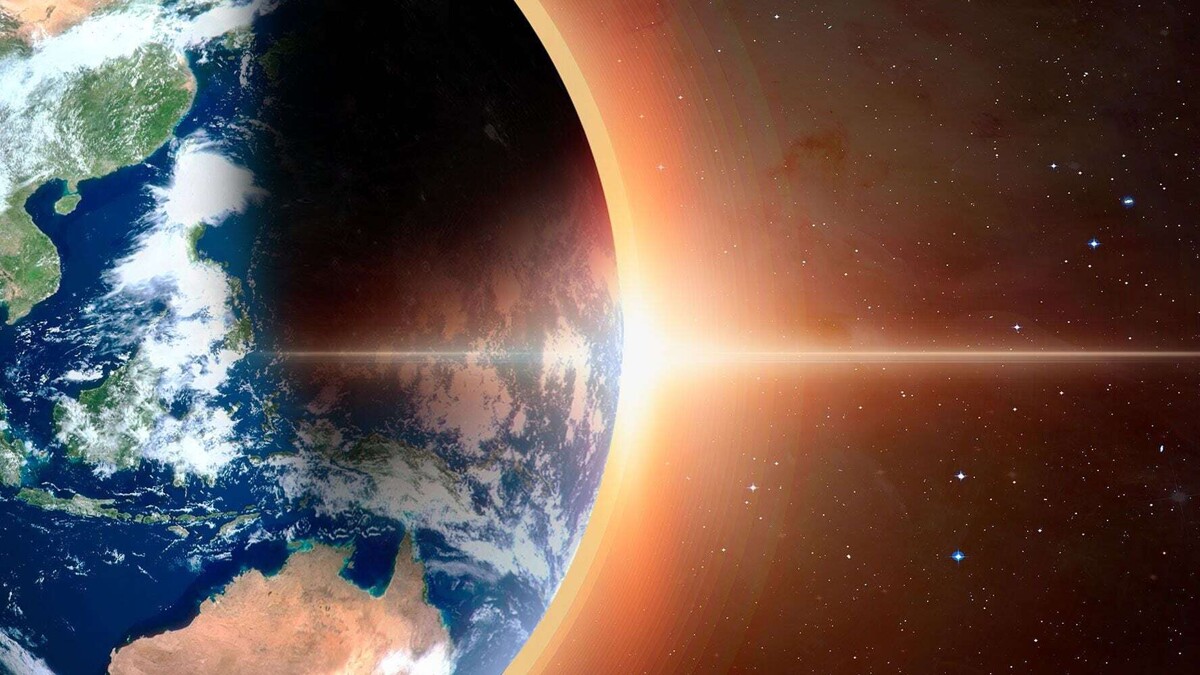
In 2025, a calendar with several solar eclipses is expected. After the total solar eclipse of 2024 in Mexico, it will be necessary to wait until September 23, 2071, to witness another total eclipse in the country. The next total eclipse visible in Mexico will be in 2026. Additionally, two solar eclipses will occur in 2027 and 2028 consecutively.
The solar eclipse of 2025 is marked as a major astronomical event of that year, which will include other phenomena such as the "Blood Moon" and the disappearance of Saturn's rings. During these astronomical events, asteroid 2024 YR4 will continue its trajectory towards Earth, with low probabilities of impact according to NASA.
The partial solar eclipse of 2025 will be visible on March 29. This phenomenon will follow a total lunar eclipse scheduled for March 14. The partial solar eclipse will begin at 8:50:43 (UTC) and will be visible in parts of North America, Northern Europe, Northern Asia, the Atlantic, and the Arctic. The maximum point of the eclipse will occur at 10:47:27 UTC.
Although Mexico will not be part of the countries where the partial solar eclipse of 2025 can be observed, more than 80 countries are expected to enjoy this astronomical event. Some of the countries where this partial eclipse will be visible include Algeria, Brazil, Canada, Spain, the United States, France, among others.
To safely observe a solar eclipse, it is vital to use certified solar filters or specialized lenses to avoid eye damage. Unlike a total eclipse, in a partial eclipse part of the solar brightness can still be perceived, as the Moon, Earth, and Sun do not align completely, allowing only a part of the lunar shadow to be projected onto the Earth.













